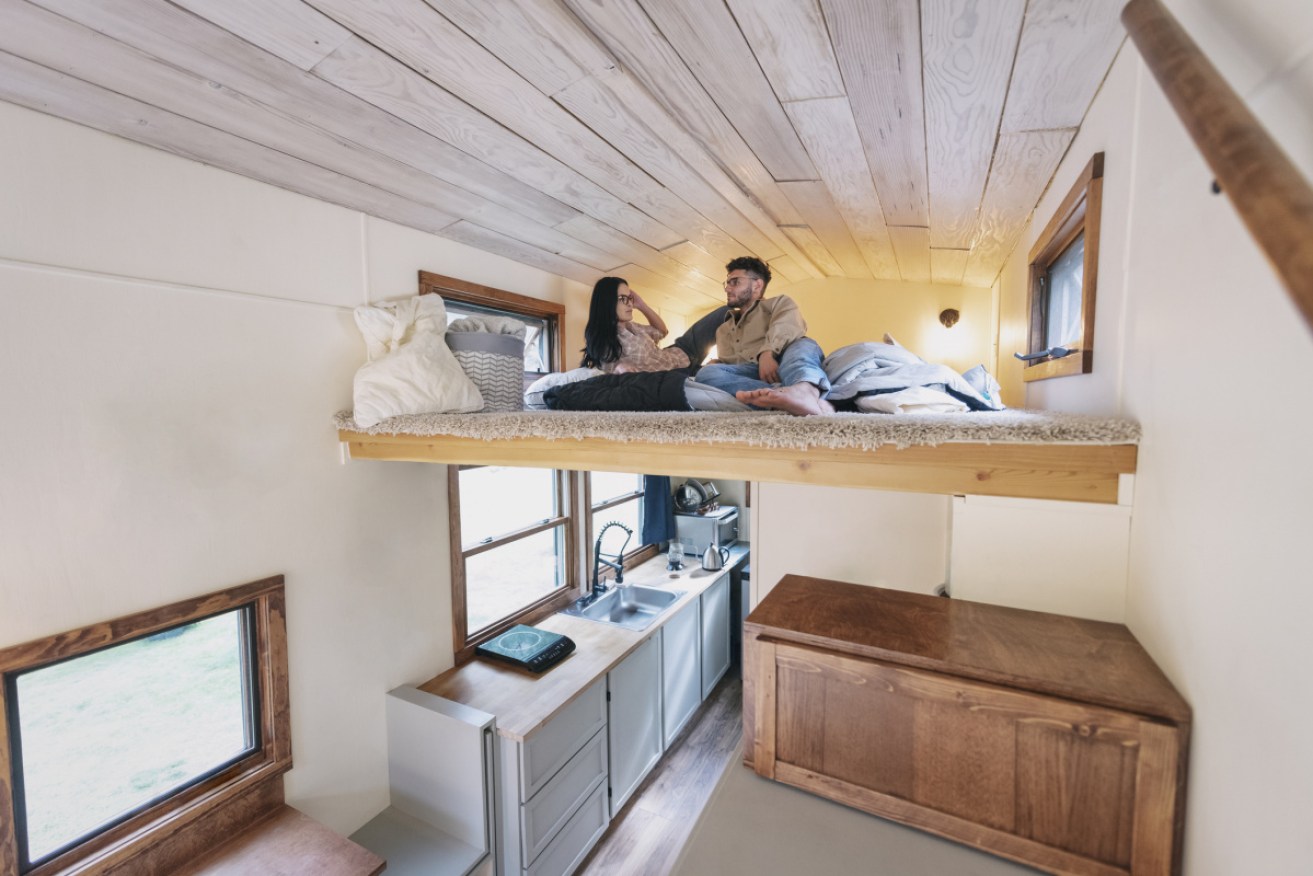Will we all live in pods in 20 years? Demand for apartments grows as the sizes shrink


The floorplans of apartments have shrunk 17.5 per cent over the past 15 years. Photo: Getty
Whether out of convenience, preference or price, more and more Australians are taking up apartment living.
The 2016 census snapshot showed that over the past 25 years, the number of people living in apartments has increased by 78 per cent, occupying more than 1,214,372 dwellings.
But as more Australians choose to live in apartments, their size has dramatically shrunk.
On average, the floor area of new apartments over the past 15 years shrunk 17.5 per cent, from 131 square metres in 2003-04 to 108 square metres in 2017-18, according to the Australian Bureau of Statistics (ABS).

As more Australians choose to live in apartments, their size has dramatically shrunk.
Concerns over the size of apartments, their quality and access to amenities led the New South Wales government in 2014 to implement requirements in an attempt to clamp down on so-called “dog boxes”.
Dog boxes, also known as micro-apartments, are dwellings that have 50 square metres or less of floor space, and they have been increasing in number for years.
Other states are yet to follow NSW. In 2016, Victoria mandated that apartment standards regulate the minimum amount of floor space in a bedroom, but not across the entire premises.
Most banks won’t provide finance for apartments smaller than 50 square metres, meaning investors primarily buy micro-apartments, says BIS Oxford Economics senior manager Angie Zigomanis.
“At the end of the day, they’re more likely to be purchased by investors than owner-occupiers because they’re more likely to be in an affordable price point and they’ll get a better rental yield,” he told The New Daily.
In the next 10 years, there will be an increased demand for medium- density housing, including townhouses, large units and apartments with at least three bedrooms, BIS Oxford Economics analysis shows.
“A lot of the apartments have been built to target investors. It’s a product that’s acceptable for renters but not necessarily to live in long term,” he said.
But despite these concerns, some developers are championing smaller dwelling spaces.
When size doesn’t matter
Investment firm MicroNest specialises in the creation of communal apartments – small-roomed dwellings with large communal areas. It is currently working on two projects in Sydney.
“We’re trying to create a community where people are going to feel connected and remove loneliness,” founder Dejan Radanovic told The New Daily.
The apartments, which can be rented for up to 10 years, offer between 23 and 25 square metres of floor space.
“The beauty is, it gives a different appeal. They’re self-contained studios. Something similar to going to a hotel – you have a kitchenette, a bathroom, a sleeping area, but there’s a lot of action happening in communal spaces.”
Clare Cousins, president of the Australian Institute of Architects, says size shouldn’t matter when it comes to apartments.
“Size is not the most important factor in the liveability of a unit,” she told The New Daily.
“A well-designed and [well] planned apartment with appropriate access to natural light, ventilation and storage can create a better lifestyle than a larger, poorly designed home.
“It is important there are a range of options for people in all living circumstances and budgets, so a range of apartment sizes is important.”
Proponents of not mandating the minimum size say that smaller apartments offer affordable dwelling spaces within inner cities.
But policy adviser at the Tenants Union of NSW, Leo Patterson Ross, says the concern is about developers passing on the savings to the consumer.
“Developers reduce the floor size, but there’s such a great demand they still end up charging a bunch for people to live in,” he told The New Daily.
“Some places in NSW are getting past the legislation by claiming to be boarding houses [when] they’re just micro-apartments.
“People are accepting them because it’s in the middle of the city, but what we worry about is that people are getting stuck in smaller places. It’s not really a choice.”








